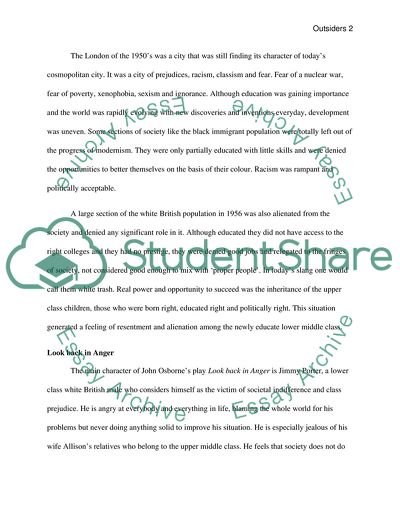Cite this document
(The Lonely Londoners by Samuel Selvon Book Report/Review, n.d.)
The Lonely Londoners by Samuel Selvon Book Report/Review. https://studentshare.org/literature/1728281-describe-contrast-and-account-for-the-ways-in-which-the-texts-you-have-studied-so-far-portray-their-characters-as-outsiders
The Lonely Londoners by Samuel Selvon Book Report/Review. https://studentshare.org/literature/1728281-describe-contrast-and-account-for-the-ways-in-which-the-texts-you-have-studied-so-far-portray-their-characters-as-outsiders
(The Lonely Londoners by Samuel Selvon Book Report/Review)
The Lonely Londoners by Samuel Selvon Book Report/Review. https://studentshare.org/literature/1728281-describe-contrast-and-account-for-the-ways-in-which-the-texts-you-have-studied-so-far-portray-their-characters-as-outsiders.
The Lonely Londoners by Samuel Selvon Book Report/Review. https://studentshare.org/literature/1728281-describe-contrast-and-account-for-the-ways-in-which-the-texts-you-have-studied-so-far-portray-their-characters-as-outsiders.
“The Lonely Londoners by Samuel Selvon Book Report/Review”. https://studentshare.org/literature/1728281-describe-contrast-and-account-for-the-ways-in-which-the-texts-you-have-studied-so-far-portray-their-characters-as-outsiders.


